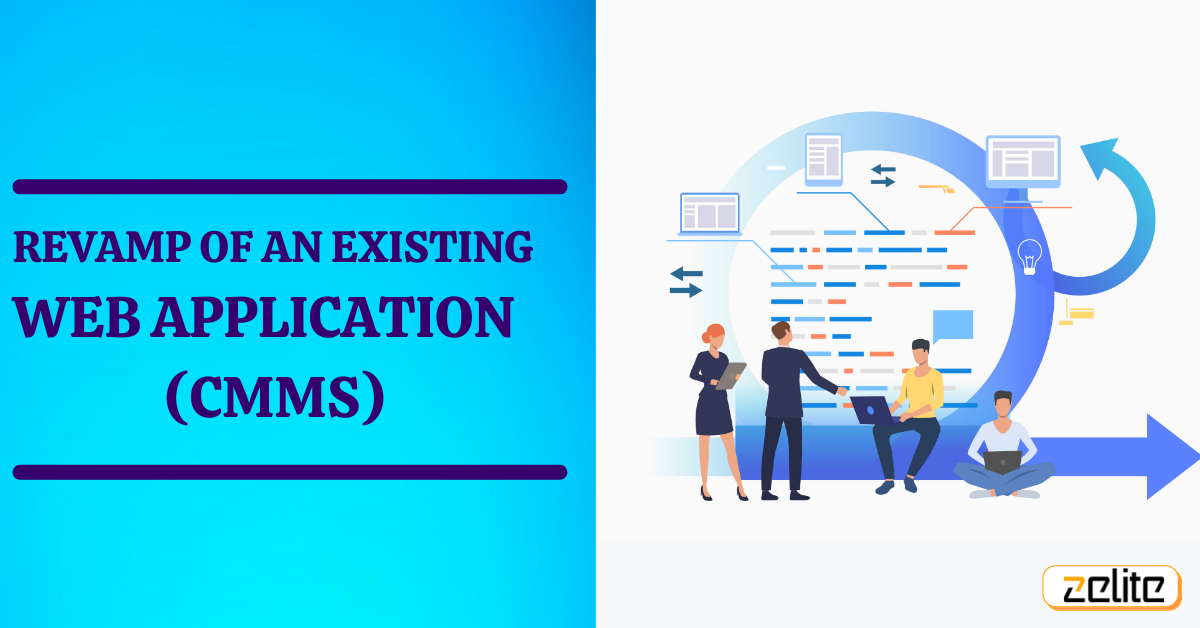Revamp of an Existing Web Application (CMMS)
Complete revamp of an existing web application (CMMS) for a leading French pharmaceutical company
Introduction
Zelite Solutions helped a France based company, Rouquette, to revamp and bug-fix an existing web application (CMMS). CMMS is an abbreviation for computerized maintenance management system software. The application primarily centralizes maintenance information and facilitates the process of maintenance operations. CMMS is also known as Enterprise Asset Management (EAM) software.
About Client
Roquette is a world leader in plant-based ingredients, a plant protein pioneer, and a leading supplier of pharmaceutical excipients. The company addresses present and future social concerns by utilizing nature’s potential to provide the greatest ingredients for the food, nutrition, and health markets in collaboration with its clients and partners.

Industry
Healthcare Industry

Solution
Solutions to revamp existing source code and bug fixing

Engagement Model
Time and Material

Efforts and Duration
2 to 2.5 Months

Technologies
PHP, Laravel, Webgrind, MySQL
Current Phase
Live & under Support Contract
The Need
The client wanted to completely revamp their existing application with new features and fix the existing issues in the current CMMS application. The primary objective was to make the existing application more flexible for future adaption of new technologies. The client also wanted the end-user support post-go-live phase.
The Solution
The zelite solutions thoroughly analysed the existing CMMS application and came up with a revamp strategy which included
- Replacing deprecated methods
- Re-writing of code wherever necessary for performance optimisation
- Dividing applications into multiple components with well-defined interfaces
Zelite Solutions identified the existing issues/bugs with the help of business users in the CMMS application. Further analysis of bugs helped our team to understand how we should address concurrency bugs, estimate the challenges to reproduce ones and prioritise them to speed up the debugging and bug-fixing processes. The bug fixing consisted of changes in UI and layouts, change of business logic (wherever required) in line with the list of existing issues.


